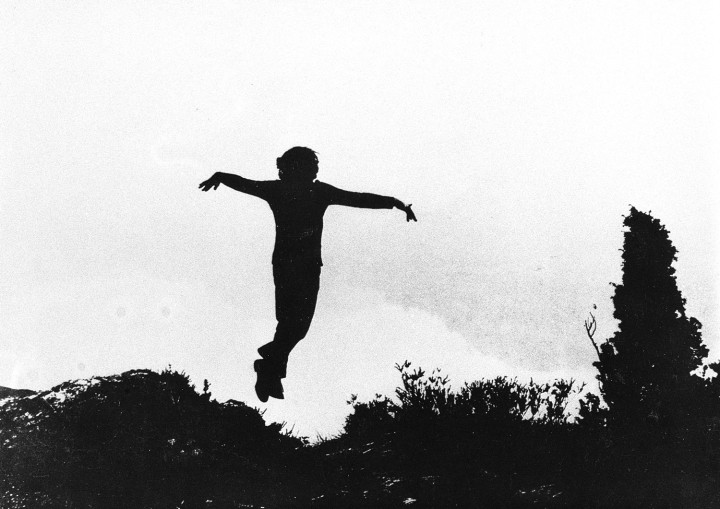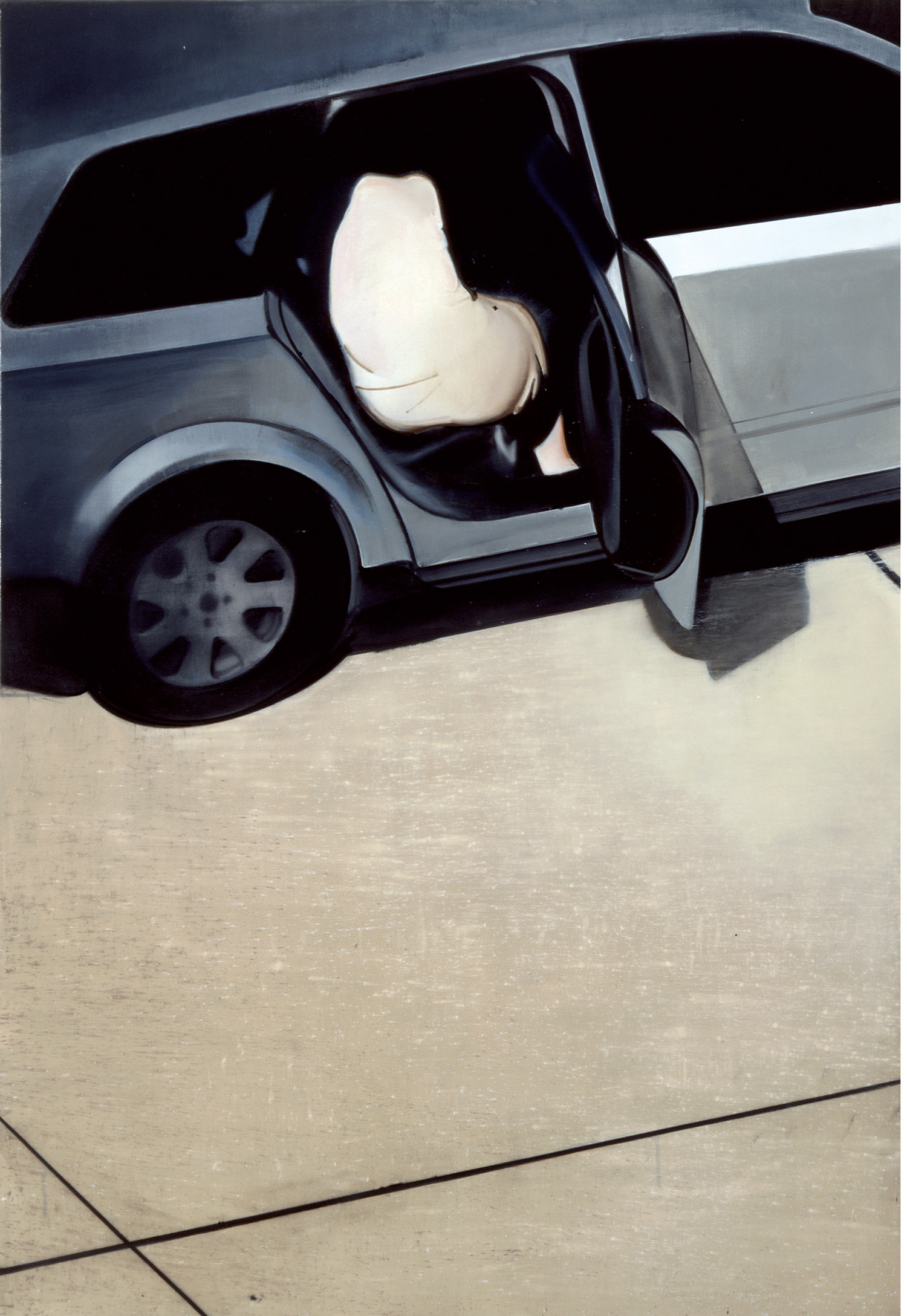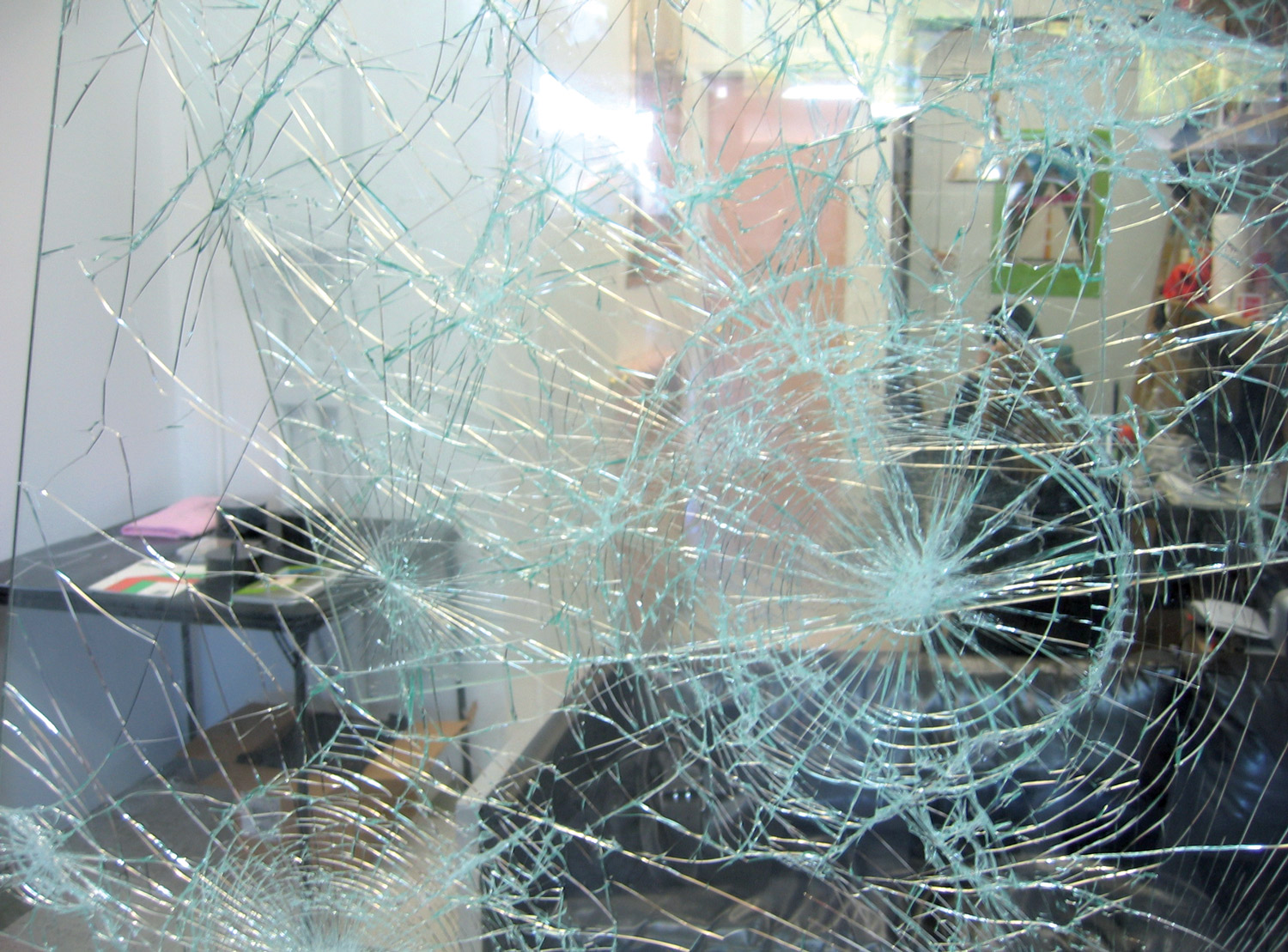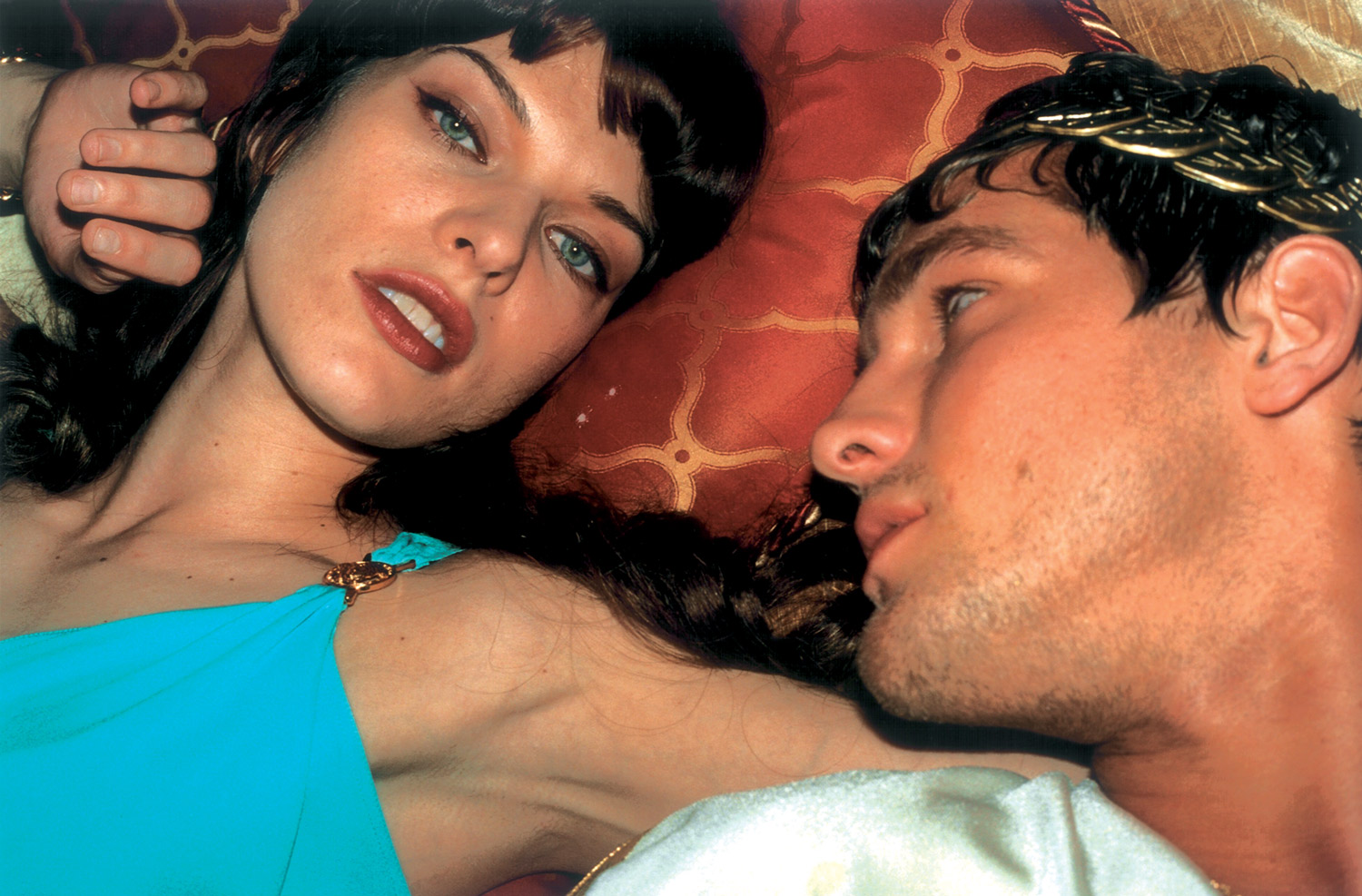![Improvvisa uscita di uccelli dall’acqua (far succedere in un secondo quello che era successo naturalmente in miliardi di anni: la trasformazione cioè dei pesci in uccelli), [Sudden emergence of birds from the water (making happen in a second what had happened naturally in billions of years: that is the transformation of fish into birds] (1970).](http://flash---art.com/app/uploads/2016/12/Gino-De-Dominicis_FlashArt.jpg)
From Flash Art International No. 131 December 1986
That a symbol can mean one thing and at the same time the exact opposite is by now common knowledge. Similarly, a work of art can be laden with symbols, references, connotations and levels of meaning (the ideal shooting ground for the exegete!), and it can point to all of these yet be a trap, devoid of meaning, absolutely and nihilistically out of time.
Such an ambiguity underlies all of Gino de Dominicis’s work. Ironic and presumptuous, disquieting, silent, involving and moving, it is therefore diabolic: huge ‘probosces’ protruding from paintings seem to make fun of viewers who might still get over-engrossed in psychoanalytic readings; zombie anti-icons as well as complex environments staging initiation journeys seem to take late structuralist or alchemistically inclined iconologists for a ride. Nevertheless, there is a text to be read, one so tightly knit that the reader is continuously caught in the meshes of philology.
“In life, the visible surface of the Sperm Whale is not the least among the many marvels he presents. Almost invariably it is all over obliquely crossed and re-crossed with numberless straight marks in thick array, something like those in the finest Italian line engravings. In some instances, to the quick, observant eye, those linear marks, as in a veritable engraving, but afford the ground for far other delineations. These are hieroglyphical. The mystic-marked whale remains undecipherable.” That was Ishmael giving us a good close look at his Moby Dick, although the long chase serves only to bring him to the paradox that there is really nothing to discover, “the great shroud of the sea rolled on as it rolled five thousand years ago.”
![Seconda soluzione di immortalità (l’Universo è immobile), [Second solution of immortality (The Universe is immobile)] (1972). Venice Biennial.](http://flash---art.com/app/uploads/2016/12/Gino-De-Dominicis2_FlashArt.jpg)
In a series of paintings on wood,1 De Dominicis has portrayed archetypal busts, obscure shadows from the world beyond, living-dead with slanted, shut eyes and no mouths, some sort of animistic self-portraits whose sole adornment are long conical ceramic or terracotta noses. Pointing down towards the center of the earth, the noses are obnoxious and violent, they connect the contemplative world of painting with the “earthly” one of matter. More importantly, though, they indicate a possible route. Traditionally, noses — just like eyes — are symbols of clairvoyance, although they allude to an intuitive rather than rational kind of knowledge. In Japan, the proud and the vain are said to have long noses, just like the devilish Tengu sprites who inhabit the mountains. The panels are quickly painted over with tempera or enamel and reveal the precise intention of reaching an anonymous and anachronistic style, neither particularly new nor explicitly taken from the past. The figures are incumbent and overwhelming, often off-center and therefore incomplete, as if the faces were photographed while looking too closely into the lens of a camera.
De Dominicis also evokes holiness by very discretely hinting at structures and style, for instance, of medieval art: the outline of his semi-divine figures is smooth and curved, with no breaks between head and shoulders, just like that of the blue mantle gently folded around ancient Madonnas; at times, a thin brass panel is used as a gold-leaf background; other times, tiny characters appear against the huge shadowy figures, somewhat like in the scenes and stories below many crucifixions or Maestà; further, in keeping with religious iconography, hands (especially index fingers) are enhanced; finally as occurs in some arte sacra, one of De Dominicis’s ‘holy’ figures is portrayed holding a symbol. While the figure is shiny black, outlined by infantile white gesso scratches, the symbol is white and hard-edged, as if to underline its belonging to an even more abstract and mental world than that of the ‘zombie.’
![Zodiaco [Zodiac] (1970). Performance at L’Attico gallery, Rome](http://flash---art.com/app/uploads/2016/12/Gino-De-Dominicis4_FlashArt.jpg)
In Christian art, the initials of Jesus, the chrisma, the sphere of directions and other signs come up occasionally, but there is never such a ‘black’ overlapping of all basic religious symbols which De Dominicis alchemistically concocts: the hexagram, the cross, the swastika and the Sumerian star. In the other words, the viewer is confronted with anti-icons, pictorial and poetic ‘presence’ of those ‘absences’ beyond the tangible world, which the artist used to conjure up in his first works back in the ’70s: Statues where only a hat and a pair of shoes were visible; Presences of which just the artist is aware, the only document left being the humanoid shape filled in with black ball-point pen in the middle of a snapshot of a busy gallery opening.
There is a drawing that bridges the gap between these early conceptual ‘black holes’ and the more recent paintings. In it, two black shadows, Urvasi and Gilgamesh, are seen in profile facing each other like static protagonists. In the center, between them, a finely drawn landscape fades into the horizon, showing a river, the sea, a pyramid, a flying saucer and the sun — sedimented time without the meaning of time, where not even the mechanics of representation are clearly identifiable. The story of Gilgamesh, Sumerian king of Uruk whose long quest for immortality took him beyond the physical limits of man, down to the bottom of the sea where he found the secret plant of life only to lose it once again, seems therefore to have inspired De Dominicis as a parallel of his own quest, the desire (“to really exist we should be able to stop in time… Most human activities which appear unjustified today would become logical only after having reached immortality, because only then could we allow ourselves such fantastic and irrational quests for joy as are art and science”)2 and the will to overcome physical limits (by flying, squaring concentric ripples in water, waiting for a “random molecular movement in a single direction which would generate a spontaneous movement of matter”). While in early works the artist referred directly to such desire and will, his latest works stage the problem imaginatively and mythically, thus exorcising and nullifying both desire and will. The myth of Gilgamesh ends on a sad note — the description of the world of the dead as a vegetative existence of impotent dark shadows… Once again, zombies.
On the other hand (and the plot thickens), the artist has also recently painted a series of five female ur-portraits, the Sumerian, the Egyptian, the Tibetan, the Mayan and the Christian Woman, where the relation between beauty, mortality and cultural memory is posited somewhat similarly to how the artist once put it in words: “A person is usually considered beautiful only when the beholder of the beauty is looked at very attentively. Therefore, the physically immortal need never look too attentively. Beauty is useful only to those who run, because it makes their journey seem longer… When you say that a person is beautiful, you mean that that person needs his or her ancestors… With little time but lots of space at our disposal, it is preferable to travel little but in the company of a beautiful person who, due to a resemblance to ancestors, gives the impression of having come a long way.”3
![Tentativo di volo [Attempt to fly] (1969).](http://flash---art.com/app/uploads/2016/12/Gino-De-Dominicis1_FlashArt.jpg)
The image of five overlapping symbols forming a new, unique one comes up again in a more narrative key as innovative venture with a long blue wooden panel, recently exhibited as part of an installation.4 Actually, it is more precisely an elaborate ideal temple — focal point and organizer of the universe, an isolated and asymmetric space, somewhat like ancient Hindu temples. In it, two parallel but opposite routes face each other. On a painted blue corridor-like parallelogram on the floor, De Dominicis placed a series of objects referring to personal history and past works. From left to right, in fact, there was a black upright lance, the human skeleton taking a dog’s skeleton for a walk, a large red rock over which a white lance seemed miraculously to balance, a yellow lance and, finally, a small chalk drawing on the wall above, perhaps a prototype of the recent dark shadowy figures, given the crossed arms, long downward pointing nose, shut eyes and overall silence of the image. This personal and historical route is material, incandescent and heavy like the rock (altar?) in the center of both the long blue corridor and the entire ‘temple.’ It is past and dead, yet at the same time recharged and redeemed by the more abstract and mental route depicted on the upright panel behind it. Here, once again, the deep blue of a starry night is the background; yellow symbols (yellow, the color of youth and eternity) pick up the color of the yellow lance in front. These painted overlapping symbols are so foreshortened and flattened that they look more like roads where the vanishing point is distant and unclear than like abstract signs. They carry the burden of a long, endless journey. On the right side of the painting, a black semi-abstract figure seen in profile has an aura (or is it maybe blocking our view from a source of light?) and is in the process of ordering the universe by touching the red center (no longer the red of a hot glowing rock but rather a light and mystic color) of the Sumerian star. The figure is absent and hollow, incarnating nonetheless the will to find a correspondence between macrocosm and microcosm, the need for a synthesis between symbolic initiation and personal history, making mind and matter proceed together and, mostly, the indistinction between origin and destiny. After all, there remains a sceptic awareness and a fortunate sort of irony, not so much in the work itself as, brought to light by the work, in the viewer: who knows when the parable is to be taken seriously and when, instead, it is just sham, devised to throw the follower off balance?





